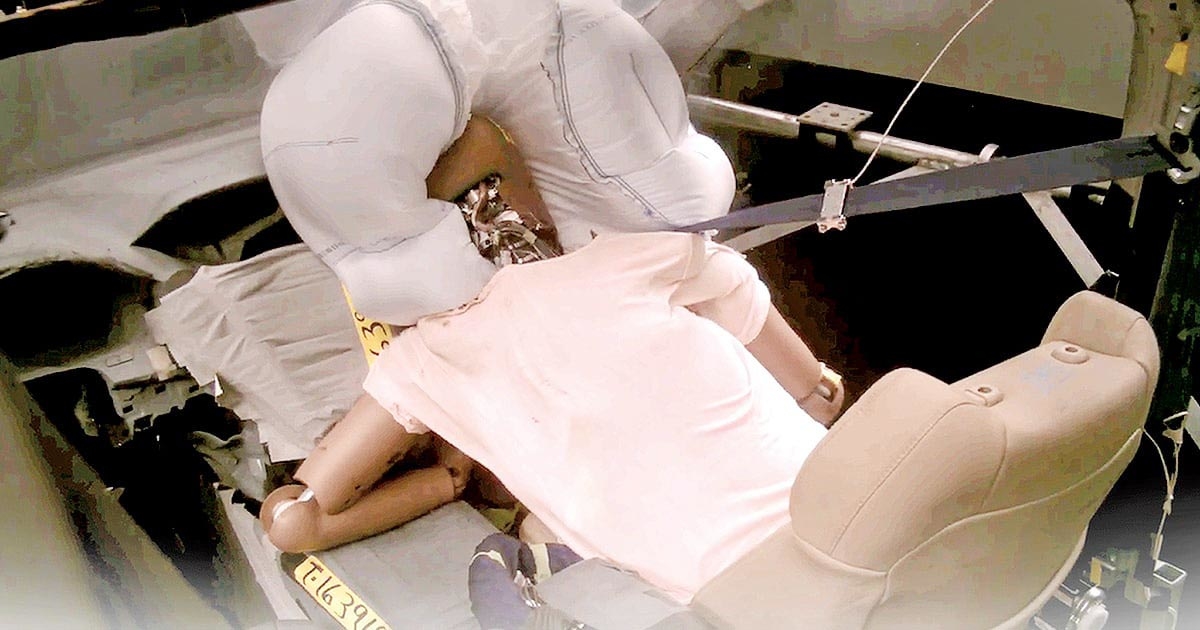
WASHINGTON — The nation’s top auto safety regulator is failing to complete defect investigations and upload related documents in a timely manner, potentially limiting its ability to address “rapidly evolving and severe” risks to motorists, a government audit found.
In a report released Wednesday by the U.S. Transportation Department’s Office of Inspector General, auditors reviewed a sample of investigations conducted in 2018, 2019 and 2021 to determine whether the agency has adequate tools, processes and resources to probe and identify safety defects. The audit was conducted between May 2021 and March 2023.
Despite efforts to restructure its office, modernize its data systems and enhance its investigative processes, NHTSA’s Office of Defects Investigation does not meet its internal deadlines for investigations and relies on legacy information systems that impede its ability to conduct defect analysis, according to the report.
Additionally, the agency “does not consistently document information used for investigating and identifying potential safety defects or follow its issue escalation processes for opening investigations,” the report said.
NHTSA’s target for completing a preliminary evaluation or recall query is 120 days after the investigation’s opening, while an engineering analysis — an upgraded safety probe and a step before the agency seeks a possible recall — is 365 days after.
Of the 27 investigations in the 2018-19 sample, 26 (96 percent) did not meet the agency’s internal deadlines, auditors found. On average, preliminary evaluations spent 617 days open and engineering analyses spent 1,001 days open.
Of the eight investigations in the 2021 sample, seven (nearly 88 percent) did not meet the deadlines. On average, preliminary evaluations and engineering analyses spent 296 and 307 days open, respectively.
According to agency staff and management, the delays were caused in part by limited resources amid an “overwhelming increase in correspondence” as well as management’s decision-making, approval process and documentation review.
Auditors also said the agency has not integrated investigations, recalls or manufacturer communications into a centralized data management system, and that it does not always record key documentation in its investigative files when analyzing defects, as required by federal law.
Of the 24 applicable investigations in the 2018-19 sample, 22 files — ranging from information request letters to case briefing documents — were missing, auditors found.
In all eight of the investigations in the 2021 sample, auditors found NHTSA did not follow written procedures.
In one instance, “an investigator’s notes from quarterly meetings with manufacturers were only recorded in handwritten notes inaccessible to other investigators,” the report said. “Therefore, other investigators could not determine what occurred in those meetings, and the manufacturer did not take action.”
The inspector general said it has made 12 recommendations to NHTSA to improve its processes for investigating and identifying safety defects, such as determining whether its timeliness goals are realistic and revising them as necessary.
The recommendations are considered “resolved but open pending implementation” by NHTSA. The inspector general did not set a timeframe for implementing the recommendations, according to the report.
In a May 4 letter to David Pouliott, assistant inspector general for surface transportation audits, NHTSA’s deputy administrator Sophie Schulman said the agency has taken actions that fully implement half of the recommendations, including a training program for investigators and improving operations broadly.
Schulman also agreed with many of the recommendations but said she was “concerned that there are misconceptions regarding NHTSA’s effective oversight of safety defects.”
Specifically, she said the report’s observations of “a lack of complete documentation and exceeding internal timelines allotted to complete investigations … do not demonstrate that NHTSA’s safety interventions are insufficient.”
“Safety activities and interventions begin during the pre-investigative process and continue throughout the duration of an investigation,” Schulman said. “We do not wait until an investigation is closed to hold a manufacturer accountable for fixing a safety defect, and we may keep an investigation open to exercise ongoing oversight after a recall is issued or a consumer campaign is launched.”
She continued: “In fact, there are several ongoing, long-term investigations that involve consent orders, standing general orders, auditors, and launched recalls, which provide improved safety outcomes for the public all while the investigation remains open.”

